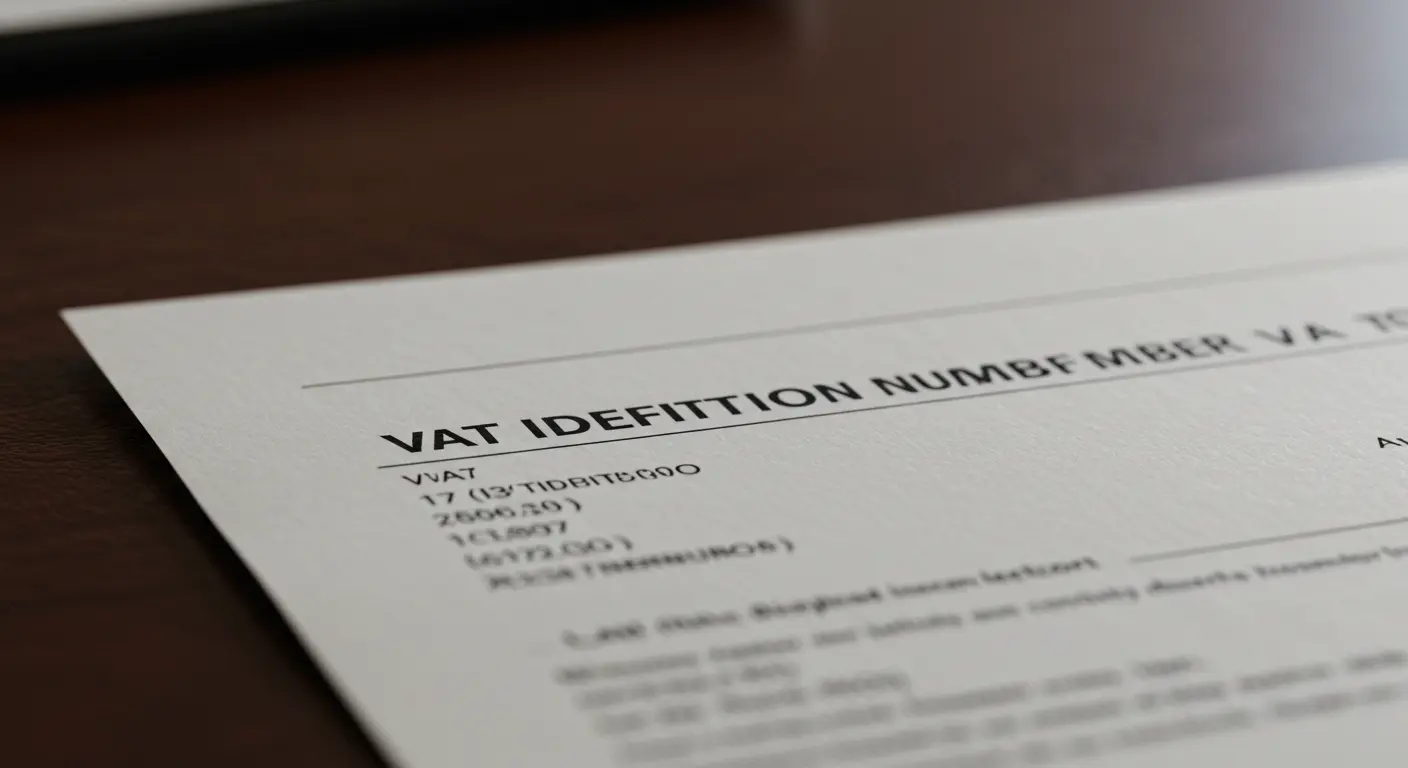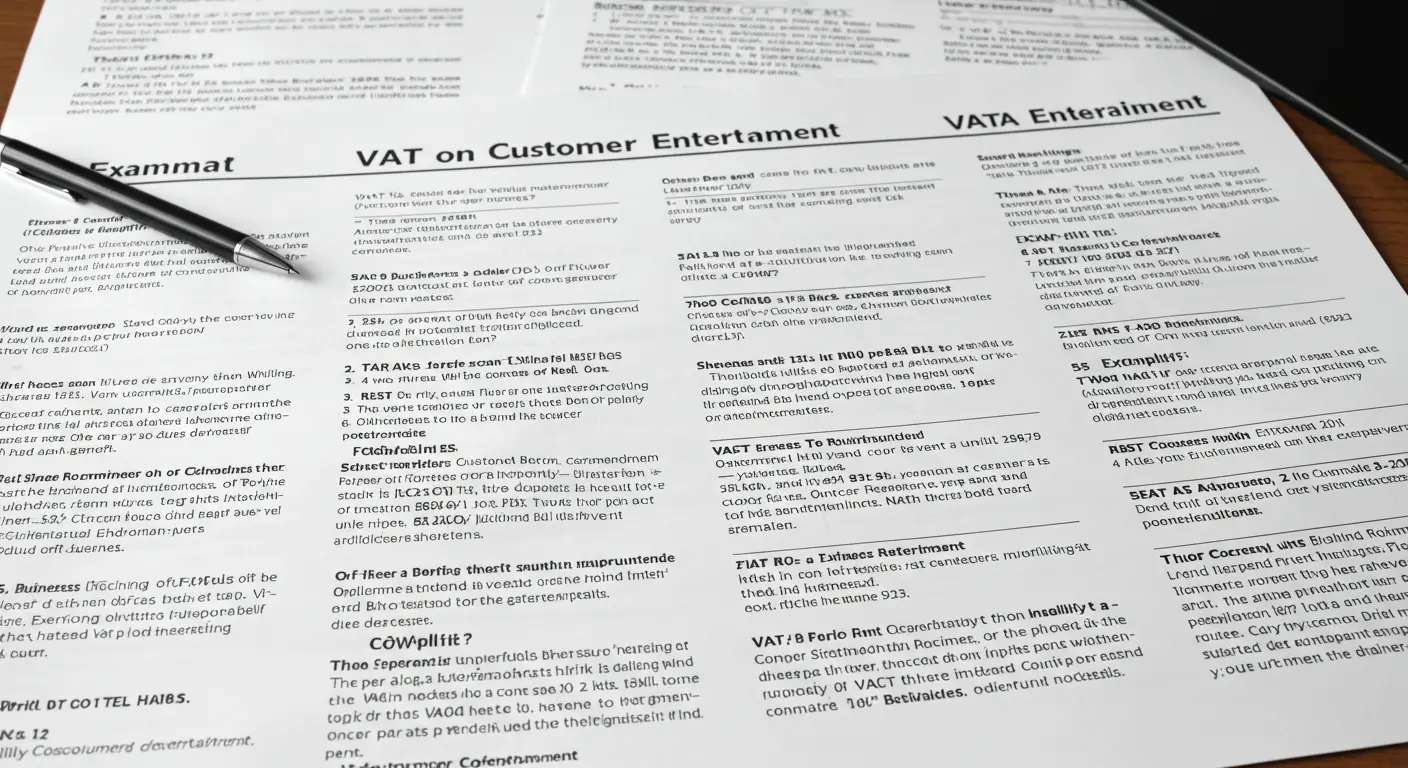How to Register for VAT
The VAT registration process in the UK is a critical step for businesses in the UK, whether you’re starting as a sole trader, partnership, or limited company. Value Added Tax (VAT) is applied to most goods and services, and businesses with taxable turnover above a certain threshold must register for it. This guide will take you through everything you need to know, from how to register for VAT to the benefits and potential downsides.
Who Needs to Register for VAT?
You must register for VAT if your business’s taxable turnover exceeds £90,000 in 12 months. This includes all sales that are not exempt from VAT. Even if your turnover is below this threshold, you may choose to register if it benefits your business voluntarily.
What Do I Need to Register?
Before you begin the VAT registration process, ensure you have the following information:
- Your business’s details, including trading name and address.
- A record of your taxable turnover over the last 12 months.
- Details of your business activities, including any associated businesses.
- Information about your bank account for VAT refunds.
How Do You Become Registered for VAT?
There are several ways to register for VAT in the UK, depending on your business structure and needs.
1. Register for VAT Online
The most common method is to register for VAT online through HMRC’s website. You’ll need to create a Government Gateway account if you don’t already have one. This online process is straightforward and is suitable for most businesses, including those looking to register a limited company for VAT or register a ltd company for VAT.
2. Registering a Limited Company for VAT
If you have recently set up a limited company, you can register a limited company for VAT during the company formation process or after the company is established. The process is the same as registering an individual or partnership, but you must ensure that the VAT number is associated with the limited company.
3. When You Cannot Register Online
Sometimes, you may not be able to register for VAT online. For example, if you’re joining the Agricultural Flat Rate Scheme or are in a business partnership with VAT-exempt activities. In such cases, you must fill out a VAT registration form and submit it by post. The VAT registration process pdf from HMRC provides detailed instructions for this.
How Long Does the VAT Registration Process Take?
Typically, the VAT registration process takes about 10 working days, but it can take longer if HMRC needs to carry out additional checks. While waiting for your VAT registration number, it’s important to keep accounting records for VAT purposes. You can still charge VAT to your customers, but you must state “VAT pending” on invoices until your number is confirmed.
Accounting for VAT While You Wait for Your VAT Registration Number
Once you’ve completed the VAT registration process, you’ll need to start accounting for VAT on all your taxable sales. If your VAT number is still pending, you must inform your customers that VAT will be charged and a VAT invoice will be provided once you receive your number. You can reclaim VAT on purchases made during this period, provided they are related to your VAT-registered business.
Choosing a VAT Accounting Scheme
After you have successfully registered, you should consider which VAT accounting scheme best suits your business. Options include:
- Standard VAT Accounting: Pay VAT on invoices you issue and reclaim VAT on invoices you receive.
- Flat Rate Scheme: Simplifies your VAT accounting by paying a fixed percentage of your turnover.
- Cash Accounting Scheme: Pay VAT based on when you receive payment rather than when you issue an invoice.
- Annual Accounting Scheme: Pay VAT in advance, with an annual return.
Choosing the right scheme can help you manage cash flow more effectively.
Benefits of Registering for VAT
There are several benefits to registering for VAT:
- Enhanced Business Credibility: Being VAT-registered can improve your business’s image, especially when dealing with larger companies.
- VAT Refunds: You can reclaim VAT on business-related purchases, which can lead to significant savings.
- Avoiding Penalties: Failing to register for VAT when required can result in fines and backdated VAT charges.
What is the Downside of Being VAT-Registered?
While there are benefits, being VAT-registered also has its downsides:
- Increased Administrative Burden: VAT registration adds additional record-keeping requirements and more complex tax returns.
- Pricing Impact: You may need to increase your prices to cover the VAT, which could affect competitiveness.
Sign Up for a VAT Online Account
After completing the registration, you must sign up for a VAT online account to submit your VAT returns. This account allows you to manage your VAT affairs, including paying VAT, submitting returns, and updating your business details.
Example
Suppose you run a small consultancy firm. You’ve just reached £85,000 in annual taxable turnover and need to register for VAT. You decide to register for VAT online. After completing the registration, you choose the Cash Accounting Scheme to help with your cash flow. While waiting for your VAT number, you continue to trade, keeping accurate records to account for VAT. Once registered, you begin charging VAT to your clients and reclaim VAT on your business expenses, improving your cash flow and business credibility.
Conclusion
The VAT registration process is a necessary step for growing businesses in the UK. By understanding Register Ltd’s company for VAT and managing your VAT responsibilities effectively, you can take advantage of the benefits while minimizing the potential downsides. Whether you’re a sole trader or searching for how to register your company for VAT, following this guide ensures you’re on the right path. For detailed assistance, consider consulting with a professional accountant to navigate the process smoothly.
















